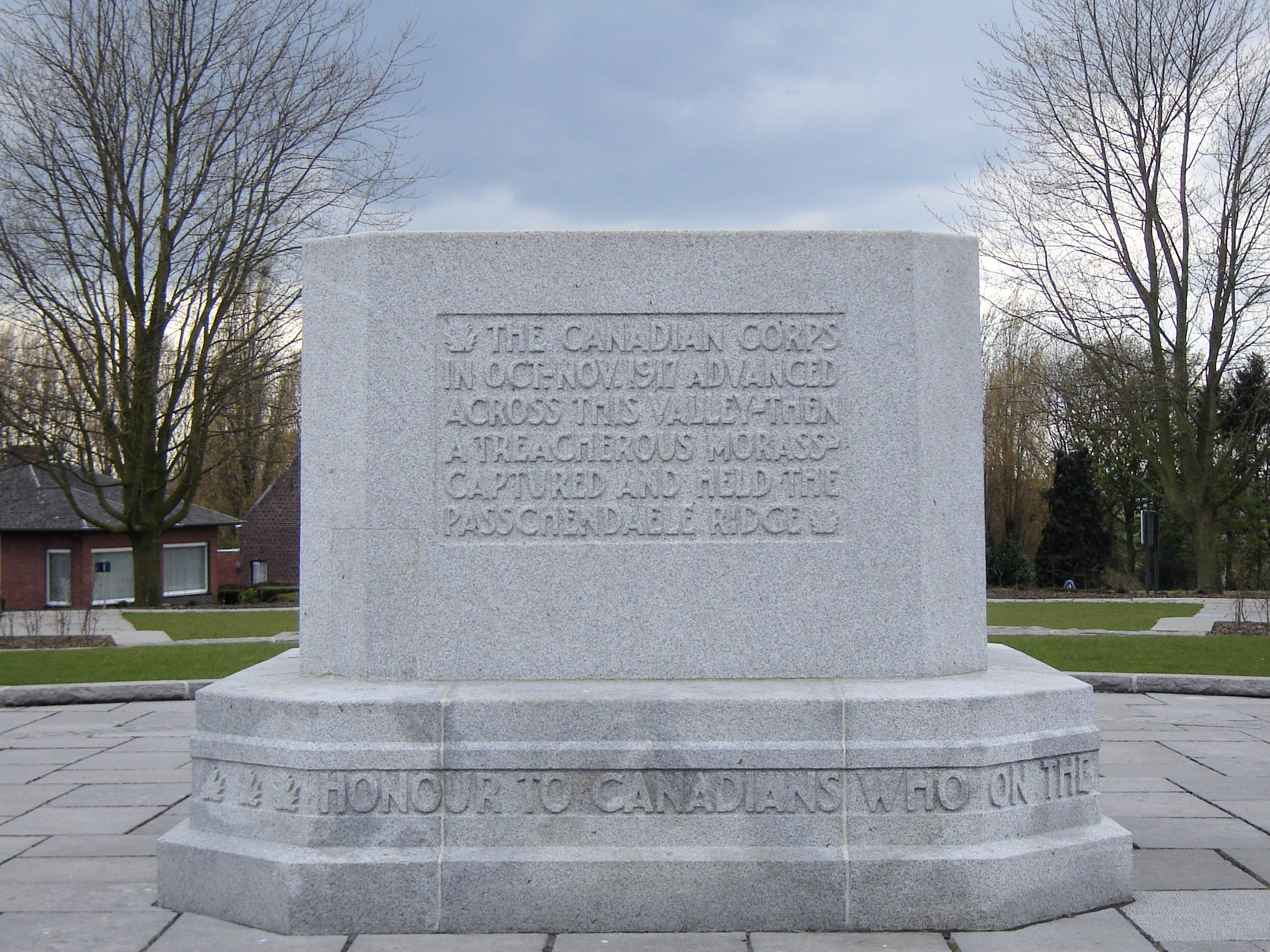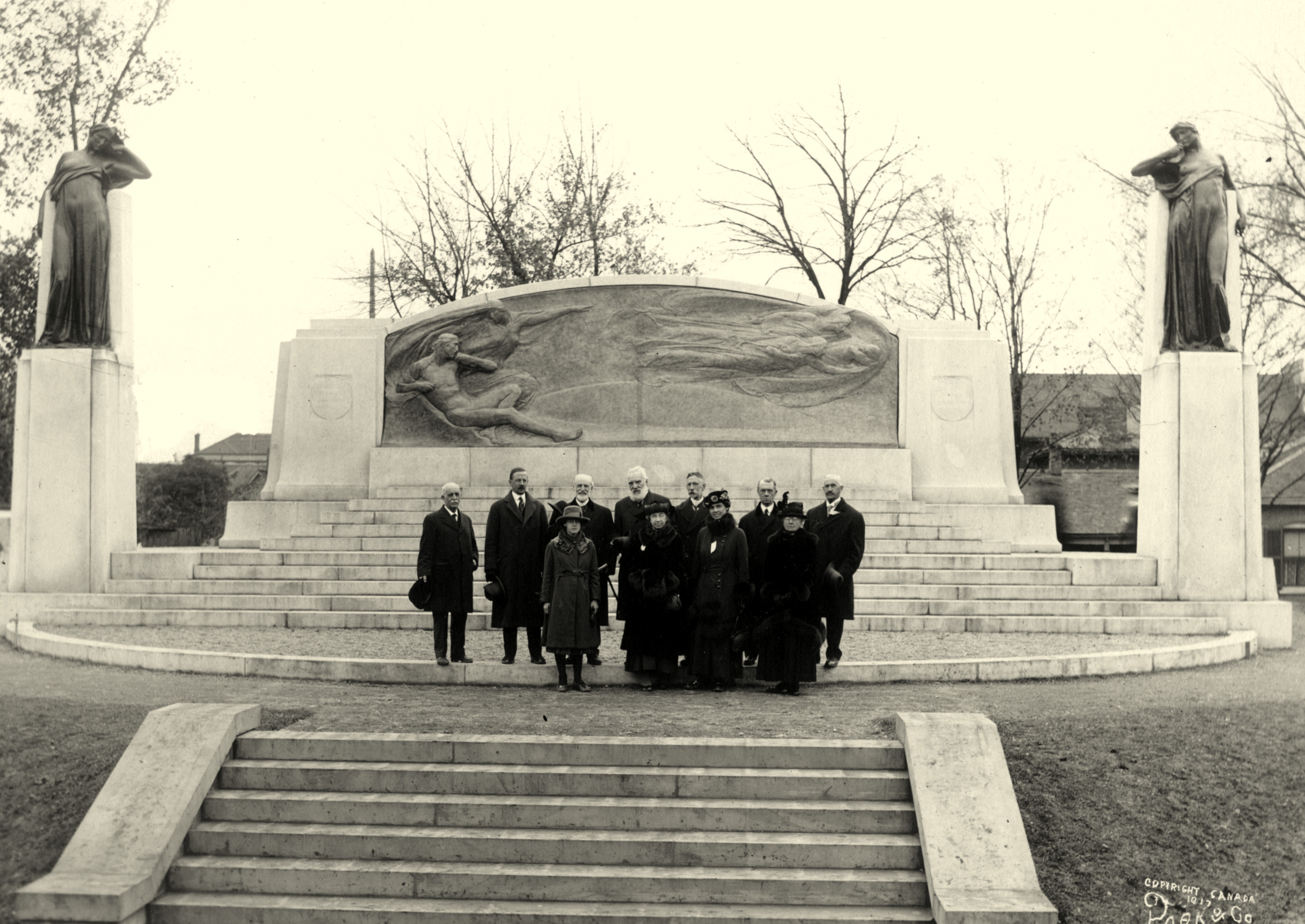|
Dury Memorial
The Dury Memorial is a World War I Canadian war memorial that commemorates the actions of the Canadian Corps in the Second Battle of Arras The Battle of Arras (also known as the Second Battle of Arras) was a British Empire, British offensive on the Western Front (World War I), Western Front during the First World War. From 9 April to 16 May 1917, British troops attacked German Empi ..., particularly their breakthrough at the Drocourt–Quéant Line switch of the Hindenburg Line just south of the town of Dury, Pas-de-Calais, France. Historical background The events commemorated with the Dury Canadian Memorial took place in late August and early September 1918 during a period known as the Hundred Days Offensive or Canada's Hundred Days. Following close on the heels of their breakthrough success at the Battle of Amiens (1918), Battle of Amiens in August 1918, Allied Command sought to press the advantage created with the Amiens Offensive and penetrate a new axis of attack. T ... [...More Info...] [...Related Items...] OR: [Wikipedia] [Google] [Baidu] |
Canal Du Nord
The Canal du Nord (, literally ''Canal of the North'') is a long canal in northern France. The canal connects the Canal latéral à l'Oise at Pont-l'Évêque to the Sensée Canal at Arleux. The French government, in partnership with coal-mining companies in the Nord and Pas-de-Calais departments, developed the canal to help French coal mining companies withstand foreign competition. Construction of the canal began in 1908 but halted in 1914, because of the First World War. The war caused widespread destruction of the canal and the French government made no attempt to resume construction until 1959. Construction recommenced in 1960 and the waterway opened to the public in 1965. The Canal du Nord and the Canal de Saint-Quentin may be supplanted by the Seine–Nord Europe Canal, a projected high capacity link between the Oise River at Janville and the high capacity Dunkirk-Escaut Canal. History Until the construction of the Canal du Nord, the Canal de Saint-Quentin was the o ... [...More Info...] [...Related Items...] OR: [Wikipedia] [Google] [Baidu] |
Percy Erskine Nobbs
Percy Erskine Nobbs (August 11, 1875 – November 5, 1964) was a Canadian architect who was born in Haddington, East Lothian, and trained in the United Kingdom. Educated at the Edinburgh Collegiate School and Edinburgh University, he spent most of his career in the Montreal area. Often working in partnership with George Taylor Hyde, Nobbs designed a great many of what would become Montreal's heritage buildings and was a key Canadian proponent of the Arts and Crafts Movement in architecture. He served as the director of McGill University's School of Architecture for ten years and designed many buildings on the campus as well as McGill's Coat of Arms, which continues to be used today. Architecture career He designed the fire station on Euston Road, in the "Arts and Crafts" style. It was built in 1901-2 and still stands. Nobbs had already received awards and won prizes as a practicing architect when he came to McGill University in 1903 to teach architecture. He got permissio ... [...More Info...] [...Related Items...] OR: [Wikipedia] [Google] [Baidu] |
Le Quesnel Memorial
The Le Quesnel Memorial is a Canadian war memorial that commemorates the actions of the Canadian Corps during the 1918 Battle of Amiens during World War I. The battle marked the beginning of a 96-day period known as "Canada's Hundred Days" that saw the crumbling of the German Army and ultimately the Armistice that ended the war. The memorial is located just to the southwest of the village of Le Quesnel (from which it takes its name), on the road between Amiens and Roye, in northern France. Monument Selection At the end of the war, The Imperial War Graves Commission granted Canada eight sites - five in France and three in Belgium - on which to erect memorials. Each site represented a significant Canadian engagement in the war and for this reason it was originally decided that each battlefield would be treated equally and graced with identical monuments. 205 The Canadian Battlefields Memorials Commission was formed in November 1920 to discuss the process and conditions for a ... [...More Info...] [...Related Items...] OR: [Wikipedia] [Google] [Baidu] |
Courcelette Memorial
The Courcelette Memorial is a Canadian war memorials, Canadian war memorial that commemorates the actions of the Canadian Corps in the final two and a half months of the infamous four-and-a-half-month-long Battle of the Somme, Somme Offensive of the World War I, First World War. The Canadians participated at the Somme from early September to the British offensives end in mid-November 1916, engaging in several of the battles-within-the-battle of the Somme, including actions at: Battle of Flers-Courcelette, Flers-Courcelette, Battle of Thiepval Ridge, Thiepval Ridge, Battle of the Ancre Heights, the Ancre Heights, Battle of the Ancre, the Ancre as well as a small role in providing relief to the First Australian Imperial Force in the final days of the Battle of Pozières. The battles on the Somme were the first in which all four Canadian divisions participated in the same battle, although not together in a cohesive formation. The Canadian divisions suffered over 24,000 casualties. Mo ... [...More Info...] [...Related Items...] OR: [Wikipedia] [Google] [Baidu] |
Bourlon Wood Memorial
The Bourlon Wood Memorial, near Bourlon, France, is a Canadian war memorial that commemorates the actions of the Canadian Corps during the final months of the First World War; a period also known as Canada's Hundred Days, part of the Hundred Days Offensive. Historical background The memorial at the Bourlon Wood commemorates the final series of battles the Canadian Corps fought in the latter phases of the Hundred Days Offensive (also known as Canada's Hundred Days) during the final months of the Great War. Particularly celebrated at Bourlon Wood are the Canadian victories the Battle of the Canal du Nord and the ensuing fight for the villages of Bourlon and Marquion and their flushing the German forces and Bourlon Wood, and the subsequent 'Pursuit to Mons' during which the Canadians participated in the liberation of the French cities of Cambrai, Denain (during the Battle of the Selle), Valenciennes and finally Mons in Belgium on 11 November 1918. Monument design Site s ... [...More Info...] [...Related Items...] OR: [Wikipedia] [Google] [Baidu] |
Passchendaele Memorial
The Passchendaele Canadian Memorial (''also known as Crest Farm Canadian Memorial'') is a Canadian war memorial that commemorates the actions of the Canadian Corps in the Second Battle of Passchendaele of World War I. The memorial is located on the former site of Crest Farm, an objective captured by the 4th Canadian Division during the assault of 30 October 1917.Nicholson p. 321 The battle The Second Battle of Passchendaele was the culminating and final attack of the Third Battle of Ypres during World War I. The battle took place in the Ypres Salient area of the Western Front, in and around the Belgian town of Passchendaele, between 26 October 1917 and 10 November 1917. The Canadian Corps was tasked with relieving the exhausted II Anzac Corps, continuing the advance started with the First Battle of Passchendaele and ultimately capturing the town of Passchendaele itself.Bean 929 In the low ground west of the Passchendaele Ridge three months of constant shelling had blocked the w ... [...More Info...] [...Related Items...] OR: [Wikipedia] [Google] [Baidu] |
Hill 62 Memorial
The Canadian Hill 62 (Sanctuary Wood) Memorial is a war memorial that commemorates the actions of the Canadian Corps in defending the southern stretches of the Ypres Salient between April and August 1916 including actions in battle at the St Eloi Craters, Hill 62, Mount Sorrel and Sanctuary Wood. These battles marked the first occasion in which Canadian divisions engaged in planned offensive operations during World War I. In those actions the Canadians reconquered vital high-ground positions that denied the Germans a commanding view of the town of Ypres itself. Historical Background Actions of St Eloi Craters On April 3, 1916, the Canadian Corps, including the newly formed and inexperienced 2nd & 3rd Canadian Divisions was dispatched to a stretch of the front south of Ypres at the St. Eloi Craters. There they found themselves in a wasteland, in places waist-deep in water and mud, with six large mine craters and few trench defenses under the full view of the German forces ... [...More Info...] [...Related Items...] OR: [Wikipedia] [Google] [Baidu] |
Saint Julien Memorial
The St. Julien Memorial, also known as The Brooding Soldier, is a Canadian war memorial and small commemorative park located in the village of Saint-Julien, Langemark ( vls, Sint-Juliaan), Belgium. The memorial commemorates the Canadian First Division's participation in the Second Battle of Ypres of World War I which included fighting in the face of the first poison gas attacks along the Western Front. The memorial was designed by Frederick Chapman Clemesha and was selected following a design competition organized by the Canadian Battlefield Monument Commission in 1920. Background The village of Saint Julien and a section of forested land called Saint Julien Wood was at a pronounced bend in the north east sector of the Ypres Salient prior to the Second Battle of Ypres. The area was also the junction between the British and French sectors of responsibility. The Canadian First Division was assigned the most northern section of the British line and to their left, the 45th (Alger ... [...More Info...] [...Related Items...] OR: [Wikipedia] [Google] [Baidu] |
Vimy Ridge
The Battle of Vimy Ridge was part of the Battle of Arras, in the Pas-de-Calais department of France, during the First World War. The main combatants were the four divisions of the Canadian Corps in the First Army, against three divisions of the German 6th Army. The battle took place from 9 to 12 April 1917 at the beginning of the Battle of Arras, the first attack of the Nivelle Offensive, which was intended to attract German reserves from the French, before the French attempt at a decisive offensive on the Aisne and the Chemin des Dames ridge further south, several days later. The Canadian Corps were to capture the German-held high ground of Vimy Ridge, an escarpment on the northern flank of the Arras front. This would protect the First Army and the Third Army farther south from German enfilade fire. Supported by a creeping barrage, the Canadian Corps captured most of the ridge during the first day. The village of Thélus fell during the second day, as did the crest of the ... [...More Info...] [...Related Items...] OR: [Wikipedia] [Google] [Baidu] |
Walter Seymour Allward
Walter Seymour Allward, (18 November 1874 – 24 April 1955) was a Canadian monumental sculptor best known for the Canadian National Vimy Memorial. Featuring expressive classical figures within modern compositions, Allward's monuments evoke themes of memory, sacrifice, and redemption. He has been widely praised for his "original sense of spatial composition, his mastery of the classical form and his brilliant craftsmanship". Allward's 1917 heroic monument, the Bell Telephone Memorial, has been seen as the finest example of his early works. It brought the sculptor fame and led to Allward later creating the Canadian National Vimy Memorial in France, his most renowned work. Some of the sculptor's works have also been acquired by the National Gallery in Ottawa, Ontario, Canada. In addition to his sculptural works, Allward produced a series of approximately one hundred allegorical drawings exploring the subject of war at the onset of the Second World War. Allward has been described a ... [...More Info...] [...Related Items...] OR: [Wikipedia] [Google] [Baidu] |

.jpg)

